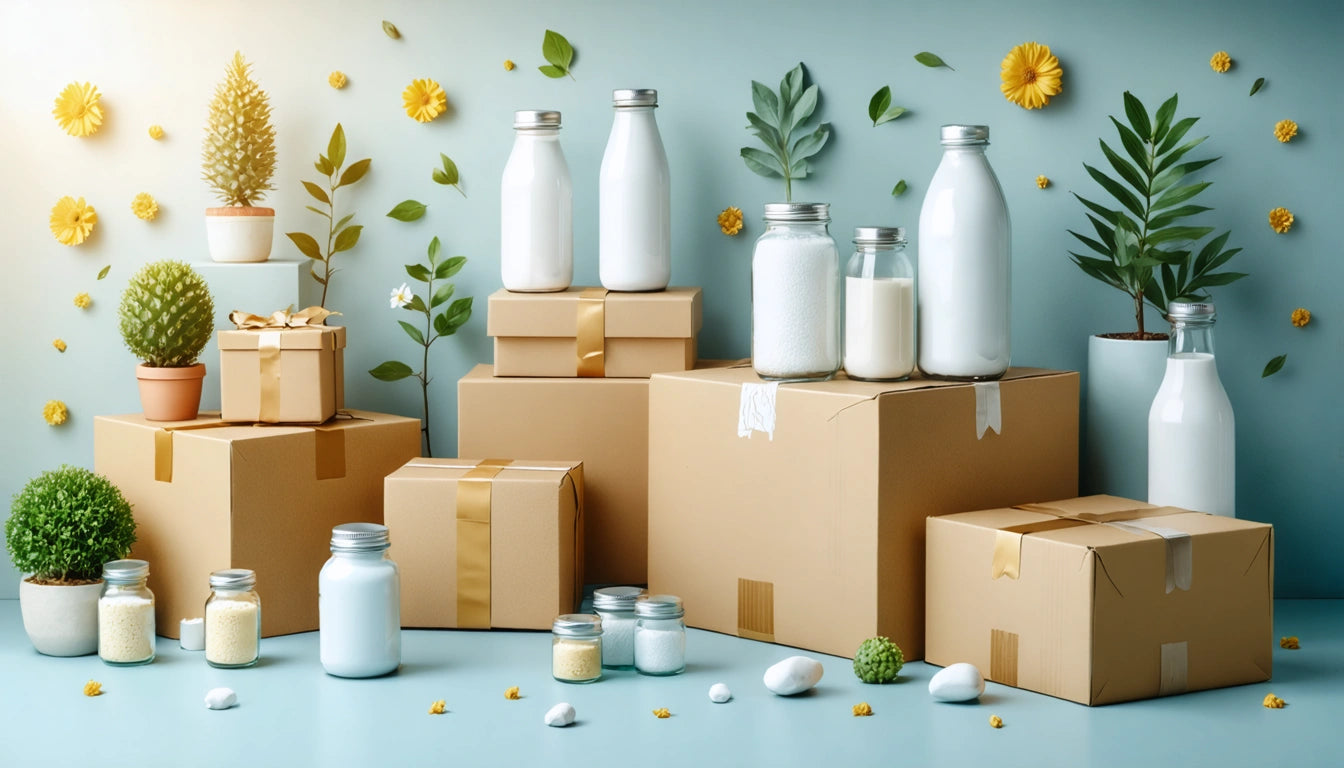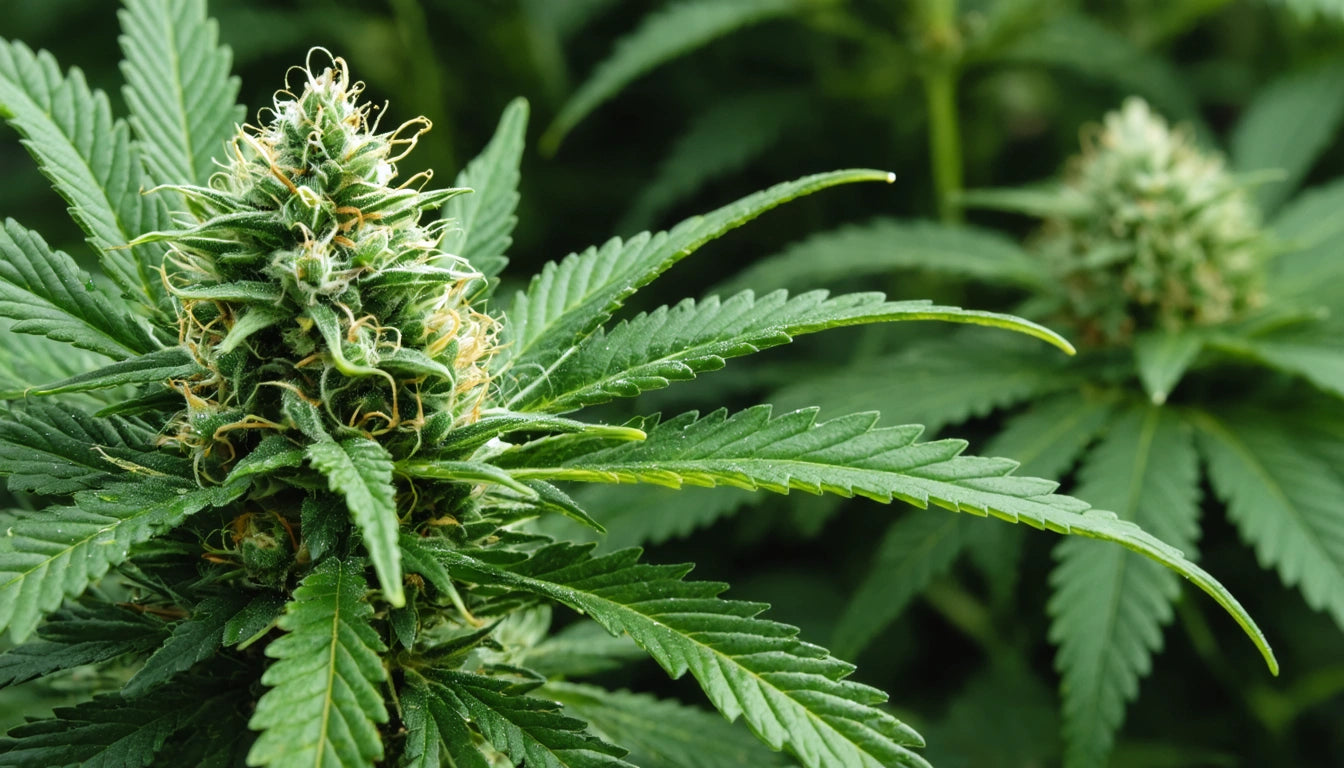Table of Contents
How to Build a Packaging System for a Growing SKU Catalog
As cannabis brands expand their product offerings, packaging systems often struggle to keep pace. A haphazard approach to packaging new SKUs can lead to inconsistent branding, inventory challenges, and escalating costs. Building a scalable packaging system requires strategic planning that accommodates growth while maintaining efficiency and brand integrity.
Assess Your Current Packaging Landscape
Before implementing new systems, conduct a comprehensive audit of your existing packaging. Document all current SKUs, packaging materials, suppliers, costs, and compliance requirements. Identify bottlenecks, redundancies, and opportunities for standardization.
Key Assessment Questions:
- Which products share similar packaging needs?
- Where are there inconsistencies in branding or materials?
- What are your highest volume products versus specialty items?
- Which packaging components could be standardized across multiple SKUs?
This assessment creates a foundation for developing a system that scales with your catalog growth rather than requiring constant reinvention.
Create a Modular Packaging System
A modular approach to packaging design allows for flexibility while maintaining brand consistency. Rather than creating entirely new packaging for each product, develop a system of interchangeable components.
Modular Components to Consider:
- Standard container sizes that work across product categories
- Consistent label dimensions with variable content
- Base packaging with differentiation through color, inserts, or sleeves
- Standardized secondary packaging with product-specific inserts
For example, a single jar design might serve multiple flower strains with only the labels changing, while the same box structure could house various edible products with different inserts. This approach significantly reduces design costs and production complexity.
Standardize Materials and Suppliers
Working with consistent materials and a core group of suppliers streamlines operations and often leads to better pricing. Standardization doesn't mean limiting creativity, but rather creating a palette of approved materials that work together.
Material Standardization Benefits:
- Volume discounts from suppliers
- Reduced sample and testing costs
- Simplified compliance documentation
- Consistent brand experience across products
- Easier inventory management
When selecting suppliers, prioritize those with scalable production capabilities who can grow alongside your brand. Building a packaging system that scales requires partners who understand your long-term vision.
Implement Robust Inventory Management
As your SKU catalog expands, inventory management becomes increasingly complex. Implement systems that provide visibility into packaging stock levels, usage rates, and reorder timelines.
Inventory Management Tools:
- Barcode or RFID tracking systems
- Inventory management software with packaging-specific features
- Accurate weighing equipment for inventory reconciliation
Precision is crucial when managing multiple packaging components. Our customers find that reliable digital scales for accurate measurement during inventory counts help prevent shortages and overstock situations, especially when dealing with small components like labels or inserts.
Scale Operations with Automation
Manual packaging processes quickly become bottlenecks as SKU counts increase. Identify opportunities to introduce automation at key points in your packaging workflow.
Automation Opportunities:
- Label printing and application
- Filling and sealing equipment
- Case packing and palletizing
- Inventory tracking and reordering
Start with semi-automated solutions that offer flexibility across product types before investing in fully automated lines. This approach allows you to scale incrementally while maintaining adaptability for new product introductions.
Packaging Growth Strategy: Planning for Future Expansion
A forward-thinking packaging system anticipates future needs rather than simply reacting to them. Develop a packaging roadmap that aligns with your product development pipeline and market expansion plans.
Strategic Planning Elements:
- Quarterly packaging reviews aligned with product launches
- Scalable supplier agreements with volume-based pricing tiers
- Packaging material forecasting tied to sales projections
- Compliance monitoring for upcoming regulatory changes
- Sustainability initiatives that grow with your brand
By approaching packaging as a system rather than a series of individual projects, cannabis brands can maintain consistency while accommodating growth. This systematic approach reduces costs, speeds time to market for new products, and creates a cohesive brand experience across an expanding catalog.
Remember that your packaging system should evolve with your brand. Regular assessment and refinement ensure that it continues to serve your operational needs while supporting your market position and customer expectations.











Leave a comment
All comments are moderated before being published.
This site is protected by hCaptcha and the hCaptcha Privacy Policy and Terms of Service apply.